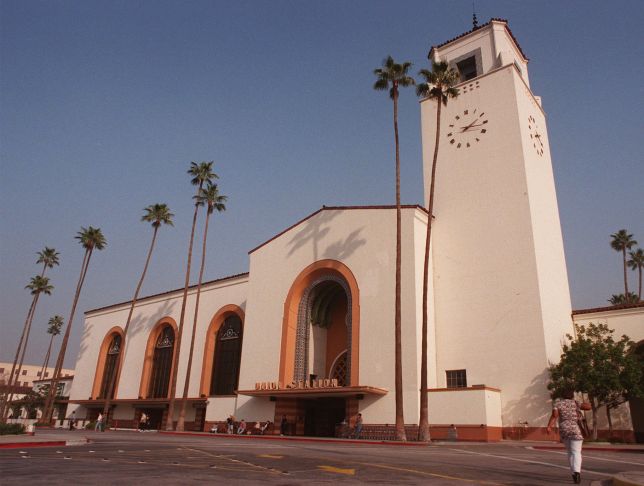Some supporters of California’s proposed bullet train suggest that because the first leg of the southbound line starting in Merced would end in Burbank, rather than downtown Los Angeles, the Metrolink commuter rail network serving Los Angeles should be electrified, so the bullet train line can be blended with the Metrolink line to reach downtown.
If the Metrolink line is not added to the bullet train’s line, the Los Angeles Times reports, southbound passengers headed for Los Angeles would have to transfer to a diesel-powered commuter train via a different platform to travel from Burbank to Los Angeles, thus taking more time and defeating the purpose of the high-speed train.
Another idea some experts propound is to change the plans for the bullet-train line and institute a “one-seat ride” between the Central Valley and downtown, or even farther, to Orange County.
The Caltrain HSR Compatibility Blog reported that Metrolink chairman Larry McCallon compared the Bay Area’s blended Caltrain service to blending the bullet train and Metrolink, stating, “Caltrain’s 51-mile electrification modernization project is currently projected to be between $1.45 and $1.5 billion (infrastructure and equipment). Metrolink operates on over 500 miles of track which would make this option very cost-prohibitive.”
One of the other ancillary costs of joining the bullet train with Metrolink would be assuring that different types of rail cars would not be uneven with station platforms. According to Thompson, in the Bay Area, where local planners will attempt to blend systems, bullet train doors would be 25 inches higher than existing train doors on Caltrain’s cars.
The San Francisco Chronicle reported in 2011 that when the California High Speed Rail Authority revised its estimate for the project, claiming it would cost $98.5 billion, roughly three times the original estimate made in 2008, Elizabeth Alexis, co-founder of Californians Advocating Responsible Rail Design (CAARD), said prophetically: “You’d like to say a realistic price tag makes the project more realistic. But what it means is that the legislators have a really tough decision to make. Now there’s no excuse for not knowing what they’re signing up for.”

COMMENTS
Please let us know if you're having issues with commenting.